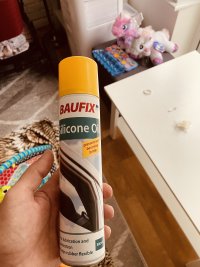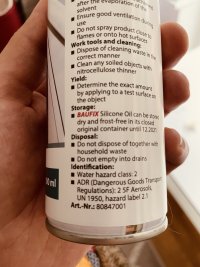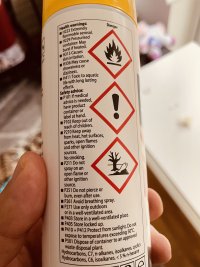MrClockOff
Member
Hi all,
Just wondering what are you using for extending the life of rubber seals on the filters.
I’ve got Baufix Silicone Oil which is designed for such purpose. But after reading the label on the tin I’m horrified with the toxic signs.
I’m looking for the fish and shrimp safe solution to treat the seals on my Oase BioMaster 850 and Vidao CO2 external reactor.
What are you using?
Many thanks
Just wondering what are you using for extending the life of rubber seals on the filters.
I’ve got Baufix Silicone Oil which is designed for such purpose. But after reading the label on the tin I’m horrified with the toxic signs.
I’m looking for the fish and shrimp safe solution to treat the seals on my Oase BioMaster 850 and Vidao CO2 external reactor.
What are you using?
Many thanks
Attachments
Last edited:





